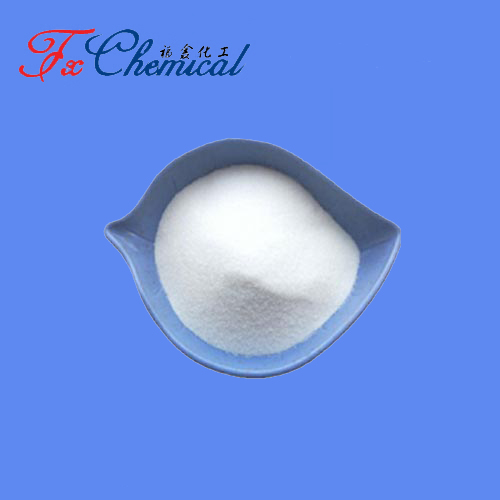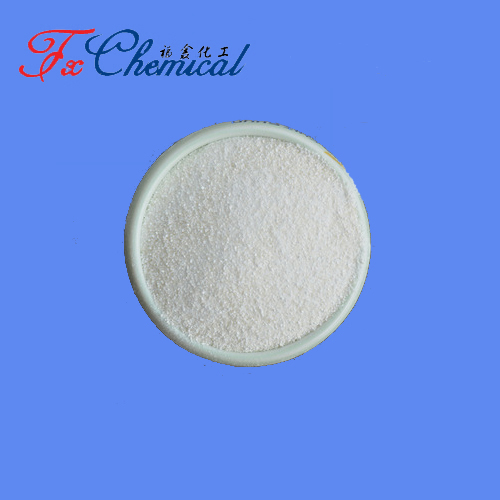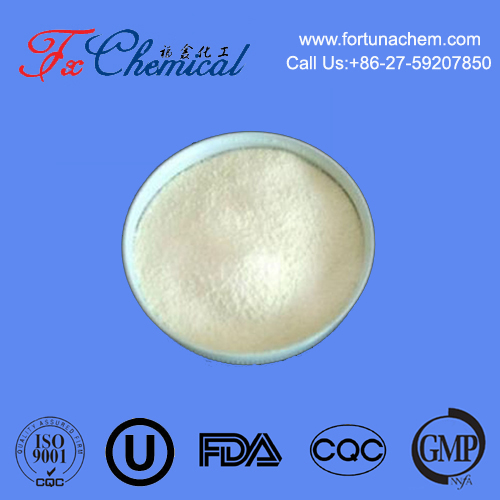
Search

Search

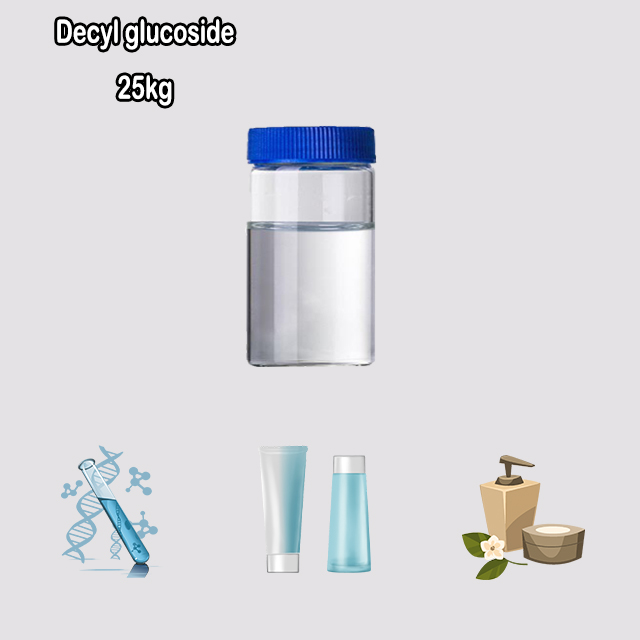
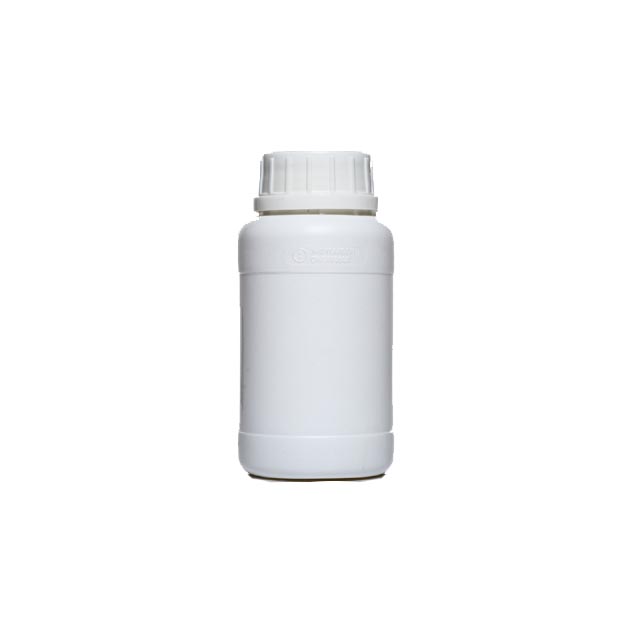
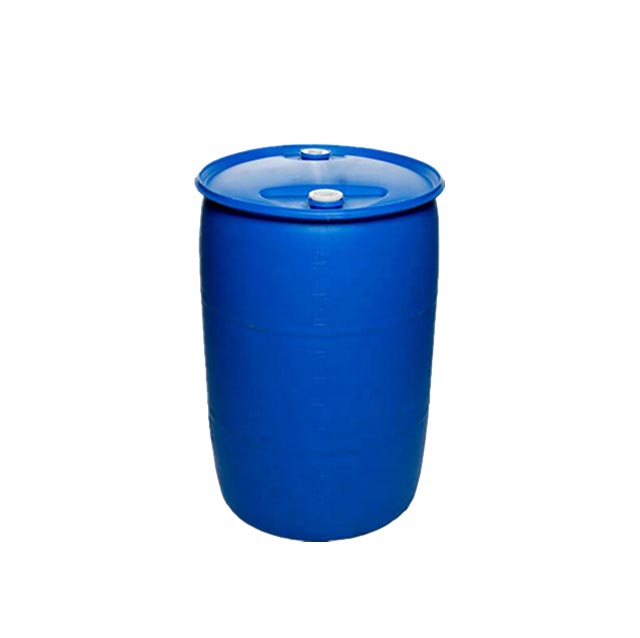
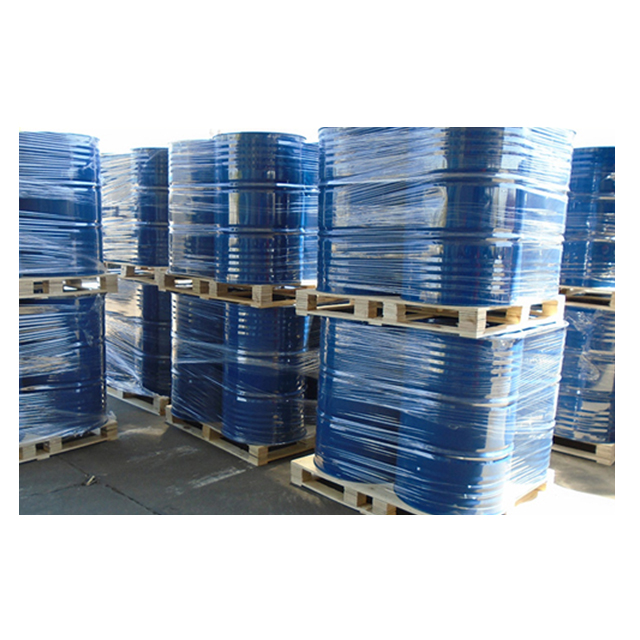






Decyl glucoside is a gentle, plant-derived non-ionic surfactant (cleaning agent) made by combining glucose (from corn starch) and decyl alcohol (a 10-carbon fatty alcohol from coconut/palm oil).
Key traits:
Highly biodegradable & eco-friendly.
Mild on skin/eyes (pH-balanced).
Creates rich foam without sulfates.
Acts as emulsifier/cleanser in "natural" products.
Used in: Baby shampoos, sensitive-skin cleansers, eco-friendly household detergents.
Decyl glucoside is a non-ionic surfactant derived from renewable plant sources (typically corn glucose and coconut/palm kernel oil). Its chemical structure consists of two main parts:
A glucose ring (from starch/corn sugar), acting as the polar group.
Connected via a glycosidic bond (specifically, an acetal linkage).
A decyl chain (C₁₀H₂₁–), a 10-carbon alkyl group derived from fatty alcohols (usually from coconut or palm oil).
Molecular Formula: C₁₆H₃₂O₆
Systematic Name:
D-Glucopyranose, oligomeric, decyl octyl glycosides (mixture of isomers)
Simplified Structure:
C₁₀H₂₁–O–(C₆H₁₁O₅)
(Decyl chain linked to a glucose unit via an ether bond)
| Property | Description |
|---|---|
| Type | Non-ionic surfactant (uncharged, mild) |
| Solubility | Water-soluble, forms clear solutions |
| Biodegradability | High (>90% under OECD standards) |
| pH Stability | Stable in acidic to neutral conditions (pH 4–9) |
Raw Materials:
Glucose (from corn starch) + Decyl alcohol (from coconut/palm oil).
Reaction:
Acid-catalyzed condensation:
Glucose + Decanol → Decyl glucoside + Water
Process occurs under controlled heat and vacuum.
Surfactant: Lowers surface tension, helps mix oil/water.
Cleanser: Gently lifts oils/dirt from skin/hair.
Foaming Agent: Creates stable, soft foam (common in sulfate-free products).
Emulsifier: Stabilizes oil-in-water mixtures (e.g., lotions).
Mildness: Non-irritating to skin/eyes (pH ~11–12 during synthesis, neutralized to 5.5–7.5).
Natural Origin: Certified by ECOCERT/COSMOS for natural/organic products.
Eco-Friendly: Rapidly biodegradable, low aquatic toxicity.
Compatibility: Works well with other surfactants (e.g., coco-glucoside, betaines).
Baby shampoos & body washes
Sensitive-skin cleansers
Plant-based household cleaners
Organic skincare products
Safety: Rated low hazard by EWG Skin Deep® (score 1–2/10).
Certifications:
ECOCERT/COSMOS (natural/organic)
Vegan & cruelty-free (no animal testing)
REACH/EPA compliant
Decyl glucoside is a "alkyl polyglucoside" (APG) – a class of "green" surfactants. Its biodegradability and plant-based origins make it a poster child for sustainable chemistry!
Let me know if you’d like its NMR/data sheet or formulation examples!

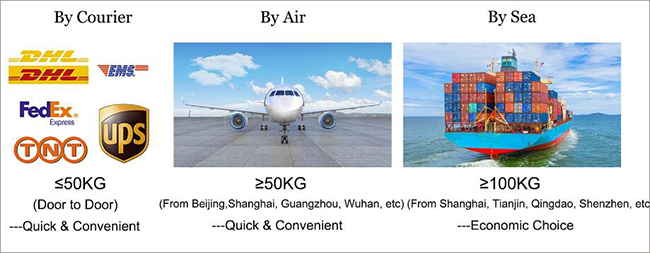
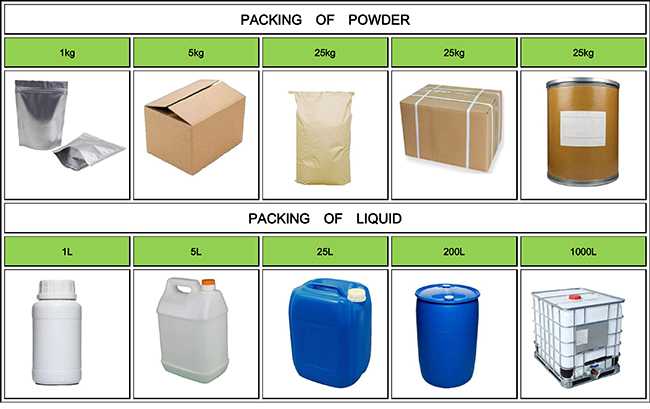

Fortunachem Provides Not Only Professional Chemical Products But Also Professional Help
Keeping you up-to-date with all the latest information, news, and events about Fortunachem!

Quick Links
Add:
E-mail:
 English
English  Español
Español  français
français  العربية
العربية 